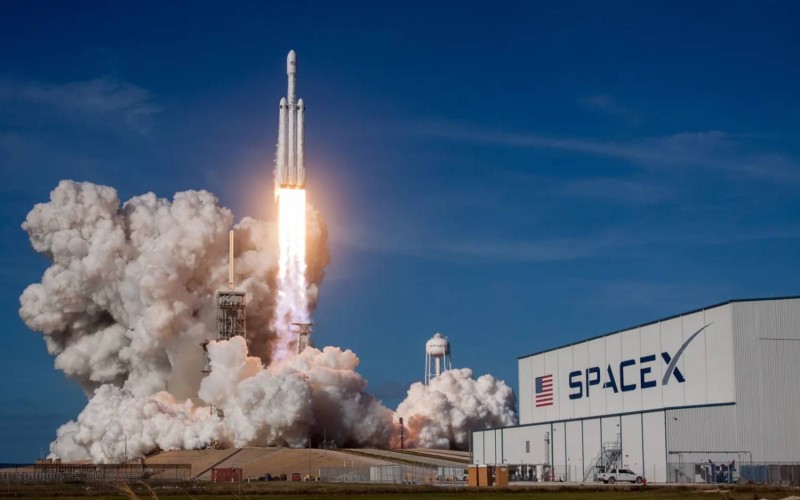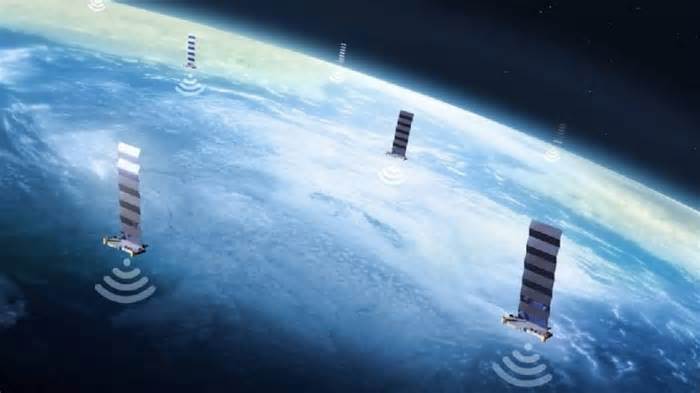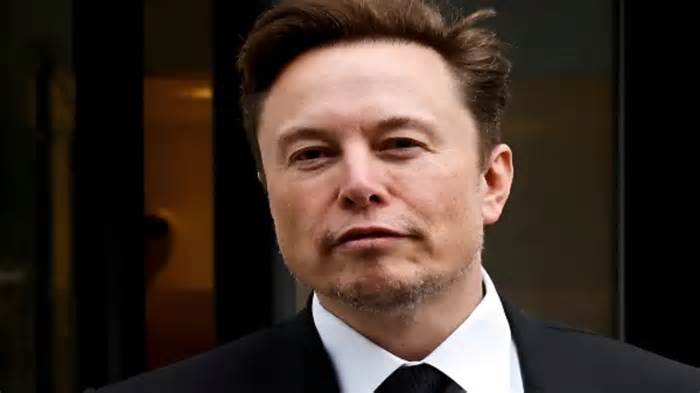
"Go Falcon. Go GSAT-20": Elon Musk's SpaceX Launches Indian Satellite
- by NDTV
- Nov 19, 2024
- 0 Comments
- 0 Likes Flag 0 Of 5

Updated : November 19, 2024 1:33 am IST
India's most advanced communications satellite was successfully lifted off into space by Elon Musk's SpaceX Falcon 9 rocket which launched from Cape Canaveral in Florida, USA.
At the stroke of one minute past midnight on Tuesday, the Indian Space Research Organisation (ISRO)'s most sophisticated communications satellite, which will provide broadband services in remote areas and in-flight Internet in passenger aircraft, set off for its 34-minute journey into outer space on board Elon Musk-owned SpaceX's Falcon 9 rocket on its 396 th flight.
"Launch successful," said Radhakrishnan Durairaj, Chairman and Managing Director of New Space India Limited, the commercial arm of the Indian Space Research Organisation (ISRO). Mr Durairaj who monitored the flight from Cape Canaveral told NDTV, "GSAT 20 got a very precise orbit".
Named GSAT N-2 or GSAT 20, the 4,700 kg fully commercial satellite, was launched from Space Complex 40 at Cape Canaveral in Florida. The launch pad has been hired by SpaceX from the US' Space Force, a special branch of the country's armed forces that was created in 2019 to secure its space assets.
Dr S Somanath, Chairman, ISRO, speaking during the launch said, "The mission life of GSAT-20 is 14 years and the ground infra-structure is ready to serve the satellite". Speaking to NDTV from the UR Rao Satellite Center in Bengaluru from where he monitored the lift-off, Dr Somanath said, "(It was) A very successful launch as we got a good orbit, the satellite is healthy, solar panels are deployed".
Advertisement
This is the first time that ISRO launched a satellite on a SpaceX rocket through its commercial arm New Space India Limited (NSIL). This is also the first time ISRO has built a satellite that only uses the advanced Ka band frequency - a range of radio frequencies between 27 and 40 gigahertz (GHz), which enables the satellite to have higher bandwidth.
India sought a dedicated launch and that there were no co-passenger satellites on the flight.
Advertisement
For the satellite launch, a standard Falcon 9 B-5 rocket, which is 70 metres long and weighs around 549 tonnes, was used during lift-off. It has been designed as a two-stage rocket - a launch vehicle in which two distinct stages provide propulsion consecutively in order to achieve orbital velocity. The rocket can lift up to 8,300 kg to the geosynchronous transfer orbit and 22,800 kilograms to the low earth orbit. The first stage was successfully recovered at about 8 minutes into the flight and it was the 371st recovery by SpaceX.
Falcon 9 is a partially reusable rocket and SpaceX asserts "this was the 19th flight for the Falcon 9 first stage booster supporting this mission. After stage separation, the first stage landed on a drone ship, which was stationed in the Atlantic Ocean."
Advertisement
After the satellite was placed in the orbit, India's Master Control Facility a part of ISRO at Hassan took control of the satellite and in a few days this latest Indian bird will then be raised to its final home - 36,000 kilometres above India.
So far, Falcon 9 has been part of 396 launches and has faced just four setbacks, achieving a remarkable success rate of 99 per cent. Experts say that a dedicated launch of a Falcon 9 rocket costs about $70 million on an average.
Please first to comment
Related Post
Stay Connected
Tweets by elonmuskTo get the latest tweets please make sure you are logged in on X on this browser.
Sponsored
Popular Post
Middle-Aged Dentist Bought a Tesla Cybertruck, Now He Gets All the Attention He Wanted
32 ViewsNov 23 ,2024
Tesla: Buy This Dip, Energy Growth And Margin Recovery Are Vastly Underappreciated
28 ViewsJul 29 ,2024






 Energy
Energy



















